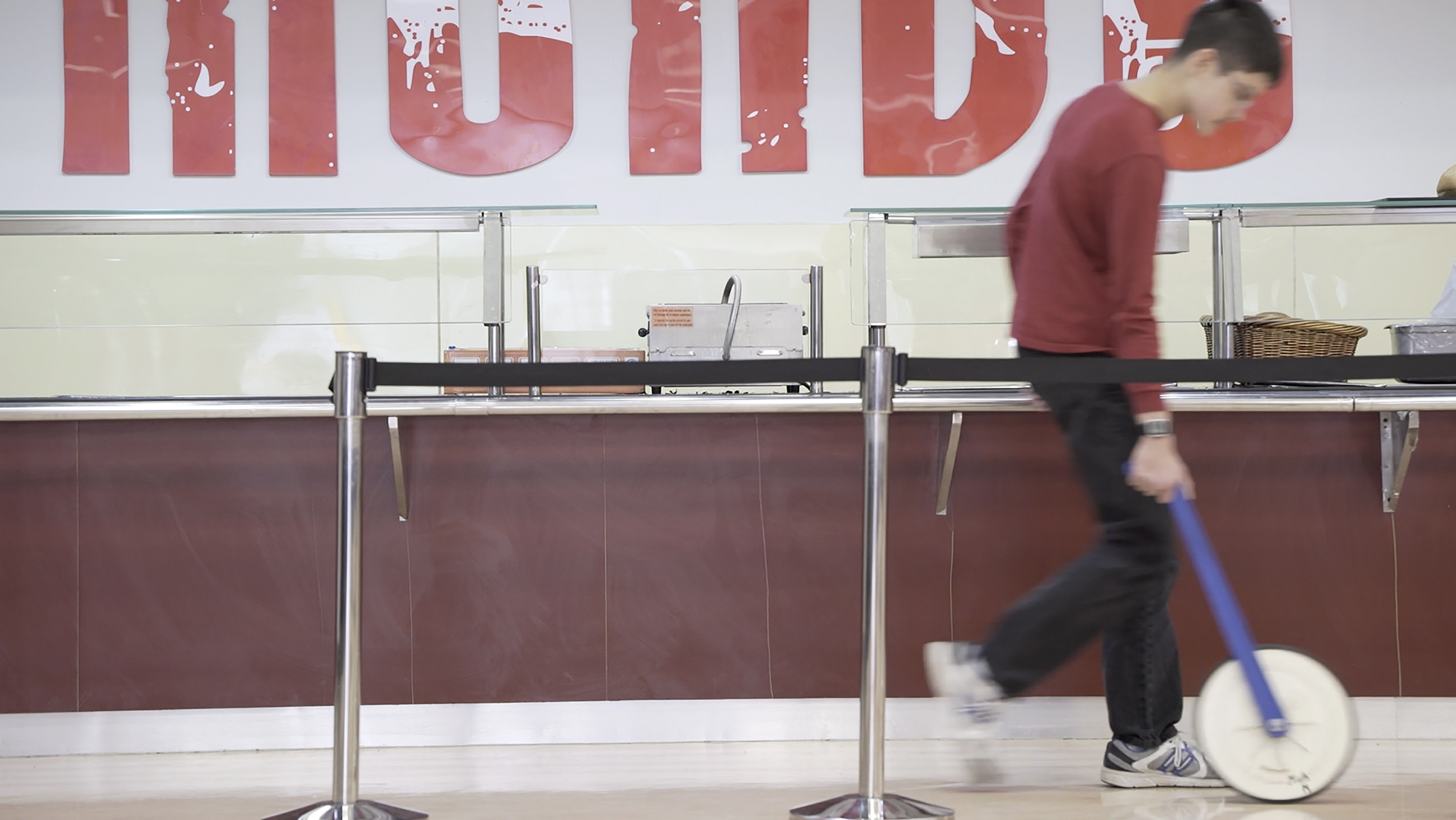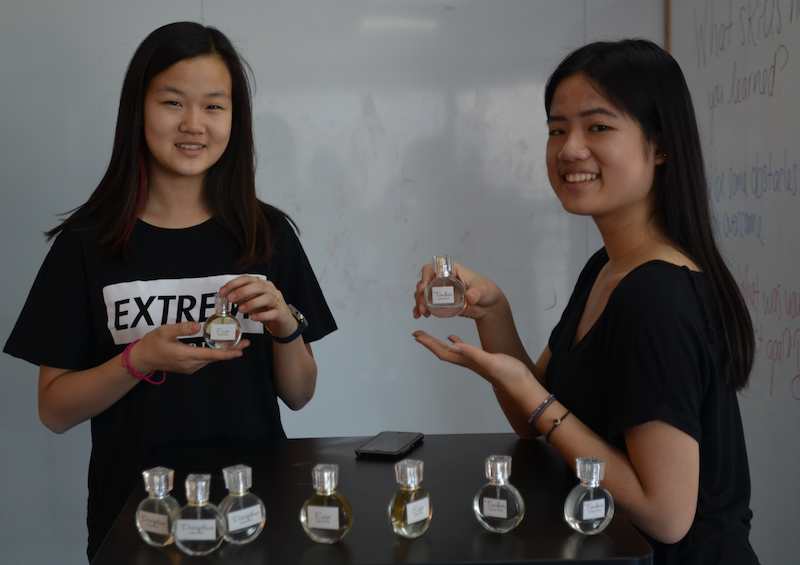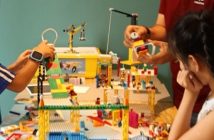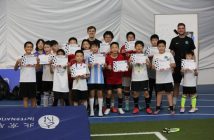The days of video games distracting children from their studies are about to come to an end. Now, ambitious young students are turning such digitized recreation into an essential component of their education. A perfect example can be found at the International School of Beijing, where students are using the popular game Minecraft to create a scale version of their Shunyi campus, learning pragmatic skills mathematic and geometric skills all the while.

Austin was the middle school student that spearheaded the project as part of the school’s Genius Hour program, one of the many research and development (R&D) opportunities offered at ISB along with the Futures Public Radio program, The World is a Stage drama program, Gardening Innovation program, and more. Austin also saw the project as a way to help his fellow students. “It can help students find their way around school and get familiar with the campus,” he says, adding that it was very beneficial for him, because he and his teammates went around ISB meticulously measuring the halls and rooms with a yard stick, before inputting that information in the game to make it accurate. “I tried to make it educational, and to me it’s about moving around and exploring. I really had fun doing it.”

Dr. Mark Hardeman, Deputy Head of Schools, is the ISB administrator that helped spear head ISB’s R&D initiatives and the grant program that allows teacher to secure the funds they need for its various projects. “What we were hoping to do was find ways to support initiatives that came from teachers that wanted to be more innovative in their classroom,” he says, adding: “There’s a lot of research that our teachers look into that supports learning results for students, and when we have a teacher who says, ‘I would like to try this, and I know it’s successful in other places based on the research done,’ then I think it’s our job as a school to support them and help students improve their learning.”
For Genius Hour, Hardeman and his colleagues sent teachers to a studio in Boston called NuVu that has partnered with ISB. NuVu works with local students in the same professional model that architects use to design solutions to problems, and create products or plans that provide solutions. After partaking in this approach themselves, the ISB team of teachers returned to Beijing to set up a similar model for their students to try. Thus the Genius Hour initiative was born.
Lindsey Cox, the ISB teacher that is helping to coordinate the Genius Hour projects with her colleague Julie Lemley, says the program offers students like Austin an exceptional opportunity to be creative without inhibition.
“We don’t have to worry about curriculum or assessment, the kids will do fantastic work still, and it’s not graded,” Cox says. “So taking the grades away allows them to be more relaxed and follow what they actually care about.”
Lemley agrees, adding: “It’s so open, and they get to have so much choice with these projects. That it’s amazing, especially in Asia where grades have traditionally been so important, that they can be completely invested in what they want to create, and don’t need that conventional restrictive framework.”
Below Lemley and Cox tell us more about some of the Genius Hour’s most standout projects.

These students made their own perfumes for their project
Cox: One team of girls designed their own perfume. They tested scents, made their own labels for the bottles, and looked up all the online procedures about home made perfume. They put it together, and even determined what the pricing would be.
Cox: Another student made a board game, but he got stuck on it. He was stubborn about it looking professional, and said he didn’t want it to look like he had cut it out of cardboard. Fortunately one of his teachers at ISB, by chance, is in the board game design business. So our students coordinated with him and made a very professional looking board game about mining, mainly because he likes the video game Minecraft so much. Once he chose mining as his theme he was able to make playing pieces on a laser cutter and a 3D printer with ISB’s tech teachers. He learned so much by making this game on his own terms.
Cox: One of our students worked on home made essential oils for this project. It was hard to find the specific flowers she needed, but she eventually found them in our school’s garden. ISB has a gardening enrichment program, and she was able to find rosemary and jasmine flowers there, though there was a bit of confusion after that because one of our teachers is named Rosemary.
Lemley: This student that made the essential oils was very enthusiastic, which was great for both her classmates and the parents who got to see her project. These projects have a showcase component, where parents come in to see what the students have worked on. Having that context and those discussions, and listening to the kids articulate their excitement, is just so great.
Cox: Another student was so ambitious, and wanted to design a hand drier that was pedal powered, kind of like how you use a sewing machine. He made all these blueprints and it had gears and other components that he used a 3D printer to make. But when it came time for the exhibition he wasn’t ready, and I was really worried about him. I could tell he was sad, but he realised that it was all about the process, not the end product. When I asked “Would you do it again?” he said “Oh yeah!”
Lemley: It’s also good for them to learn that it’s ok to fail and come back, and try something new. Sometimes they’ll have these massive ideas, only to find that the reality is quite different. But we’ve had kids build on these things from the past, and have even bigger successes.
This post is sponsored by ISB
Photos: ISB




